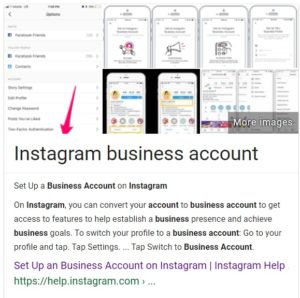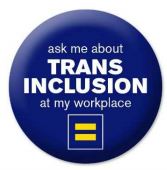PR people themselves have a tough time defining their own industry for ages. There are blurry boundaries between PR, marketing, advertising, and other disciplines. No one knew where to fit social media when it exploded on the scene fifteen or more years ago, and now it fits under the PR umbrella in some ways, as well.
It’s not that complicated, if you think of PR as the deliberate management of shared information about a person, brand, corporate or nonprofit entity and the public.
Tell your story (correctly, in a way that influences action) by hiring a PR firm, consultant, or employee. HOW it is done, is where all those other disciplines (media relations, social media, grassroots outreach, networking, etc.) come into play.
Stop it with the Spin Already
“Spin” is a word that makes ethical PR practitioners cringe. Spin is propaganda. It is the practice of pushing a biased interpretation to your audience, to influence outcomes. This is quite common in politics. If a prospective client were to ask us for this kind of service, we’d turn them down. It’s not what we do.
We work with people who have stories to tell about their business, what they offer, who does the work, and what audience they serve. We’re honored to help our clients tell these stories, to connect with the right people, to engage and build relationships, and to grow in their success. That’s good PR, and that’s what we do.

 With every new social media tool, there’s a learning curve to using it to benefit your business. It might be intuitive to use it personally, but if it’s not, the business angle can be a bigger leap.
With every new social media tool, there’s a learning curve to using it to benefit your business. It might be intuitive to use it personally, but if it’s not, the business angle can be a bigger leap. (and state yours, which could be he/him, she/hers, or they/them/theirs). What are your preferred pronouns?”
(and state yours, which could be he/him, she/hers, or they/them/theirs). What are your preferred pronouns?”